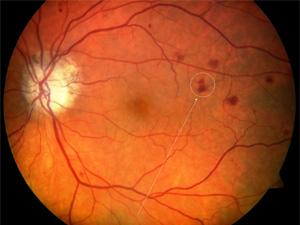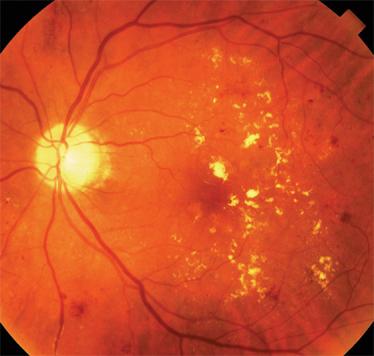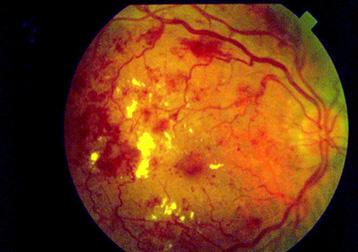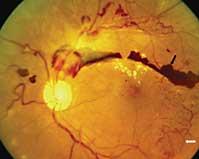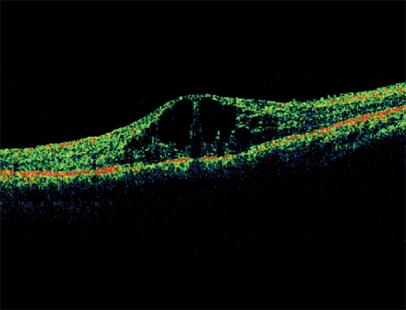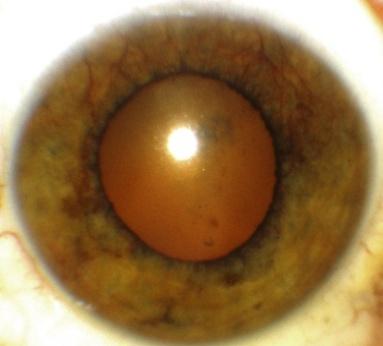What is diabetic retinopathy?
Diabetic retinopathy is retinopathy (damage to the retina) caused by complications of diabetes.Diabetic retinopathy occur as a result of weakness of the blood vessels causing leakage of lipid content and occlusion of capillaries. Ii can cause poor vision which eventually lead to blindness.
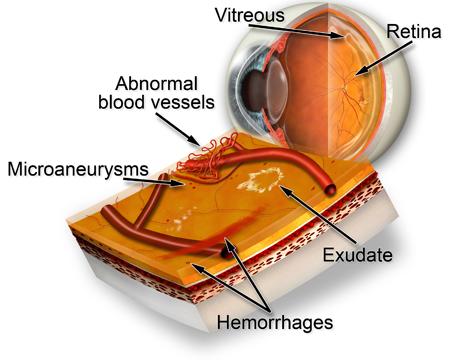
Diagram showing retinal changes in diabetic retinopathy
Who will be at a higher risk of getting diabetic retinopathy?
- All Type I and II Diabetic patient who has poor sugar control level (high HbA1c)
- Diabetic in pregnancy
- Poor control of Hypertension and cholesterol
- Patient with longer duration of Diabetes (more than 5 years)
- Diabetic patient with low haemoglobin level
- Diabetic patient with overweight or obesity
|
|
|
What are the retinal changes in diabetic patient?
Diabetic retinopathy
There are 4 stages of Diabetic retinopathy :
|
|
|
|
|
|
|
|
Diabetic Maculopathy (edema)
Occur as a result of leaking vessels causing swelling of the central part of retina (macula).
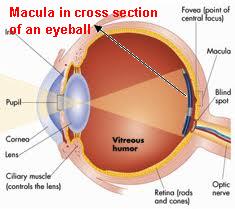 |
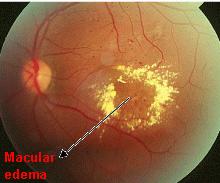 |
How does diabetic retinopathy affect vision?
|
|
|
- Blurred vision due to bleeding from new vessels within eyeball.
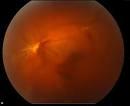 |
- Blurred vision due to detached retina following traction by the retinal scar.
- Diabetic Maculopathy (oedema)
- Vitreous haemorrhage
- Tractional retinal detachment
What is the treatment for diabetic retinopathy?
- Control sugar level by:
- Proper diet control. Advice can be obtained from dietitian.
- Compliant to medication
- Lifestyle modification: Exercise, stop smoking, minimize alcohol intake
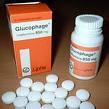 |
 |
 |
 |
- Laser treatment
Aim of laser treatment is not to improve vision. It is:- To reduce or stop progression of swelling at macula
- To reduce risk of bleeding or re-bleeding in the eyeball
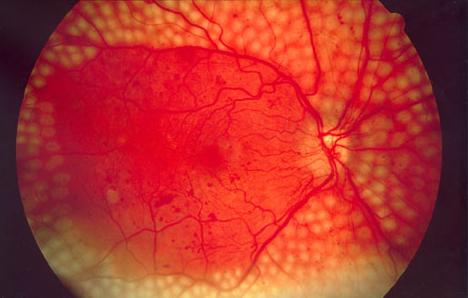 |
- Vitrectomy
Surgical procedure to remove the blood clot and retinal scar in the eyeball.
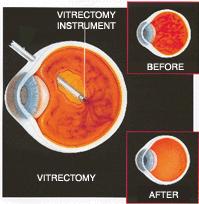 |
What are the complications of diabetic retinopathy?
 |
|
|
- Tractional retinal detachment :
- Vitreous hemorrhage (bleeding in eyeball) will result in scarring effect which will pull the retinal layer (traction) and cause retinal detachment.
- This will warrant surgery to remove the blood and the scar to allow retina to get back to its original position
- Visual outcome maybe guarded if disease is advanced and longstanding (irreversible damage to the retina)
- If left untreated will lead to blindness
- Rubeotic glaucoma
- Increased intraocular pressure as a result of prolonged oxygen deprivation state
- This will lead to damage to optic nerve and if left untreated will cause PAINFUL BLIND EYE.
| Last reviewed | : | 20 June 2014 |
| Writer | : | Dr. Norhafizah Hamzah |
| Accreditor | : | Dr. Salmah Othman |
| Reviewer | : | Dr. Rosniza Ab. Razak |




